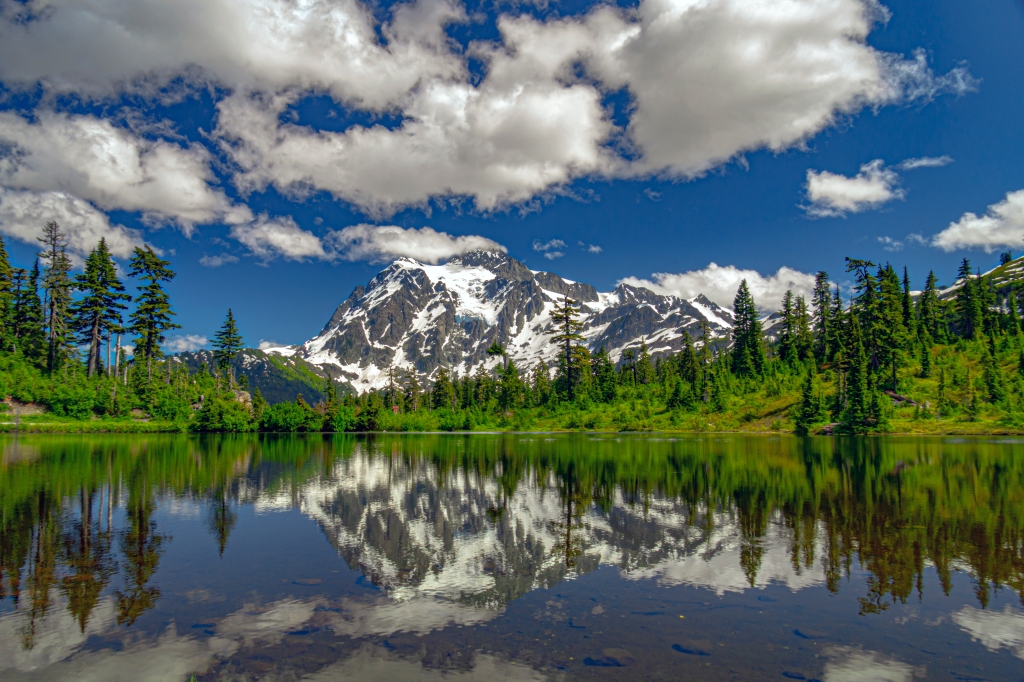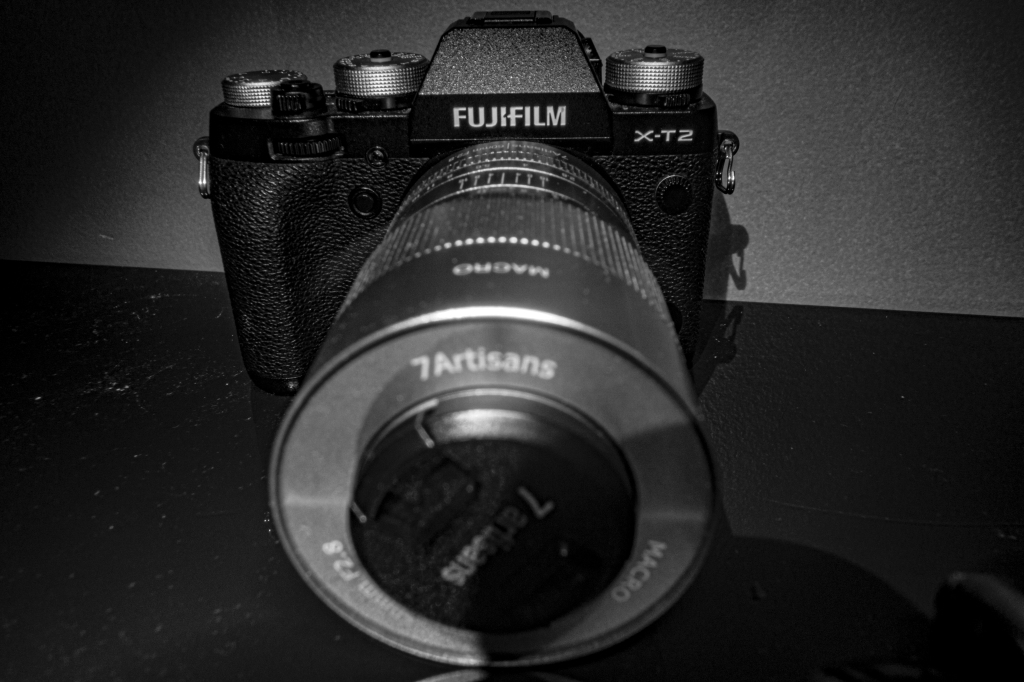I uploaded an image from about two or so years ago from the North Cascades National Park, using my full spectrum-modified Sony RX100 (Second Edition). There’s a serious issue known as a hotspot for this particular model of camera, so I tried to use a rather large aperture at which the hotspot is not so apparent and at which the image could be at least reasonably sharp.

This particular image was made with a Tiffen Red filter along with a Polarizer set to ninety degrees rotation, at ninety degrees of an angle away from the sun, so that I could enhance the effect of the dark sky. The Hotspot was a reason for some degradation of image quality after post processing in Adobe Camera RAW. I might be able to do this type of photography when there’s enough light around, using my Fuji X-T2 camera; I tested it out this December using an 850nm Infrared-Pass filter on a 7Artisans 60mm macro (which has infinity focus). For the test with the 7artisans lens, the sun was quite low in the sky, and the sky was overcast, but at least I was able to see an infrared image on the Live view screen, so Infrared photography with the unconverted camera (Fuji X-T2) should be possible in the months when sunshine is rather abundant. For the image above, the lighting conditions were perhaps less-than-perfect because the much of the scene was in shade, except towards the lower right corner where it is possible to see some sunlight making its way onto the mountain. The Red filter is quite possibly my favorite filter to use for a full-spectrum camera, because the colors that are produced with the filter are not just surreal, but also, downright beautiful! Also, the range of colors that are possible using Adobe Camera RAW’s Color adjustment panels is nothing short of incredible! I am absolutely thrilled myself to try to photograph a natural scene like this again, but next time with nicer sunshine available (more direct and less diffused). My next project might be likely to be a modified GoPro, although I am not quite sure which model to use (but probably 5th, 6th, or 7th of the Hero Black Edition). I want to be able to have something small with which I can use interchangeable lenses that are also small. With the modification, I will also be able to easily swap the hot mirror in front of the sensor, with an Infrared-pass filter, red filter, green filter, or other filter. The most serious problem with a modified GoPro action camera might possibly be that it might be difficult to find the exact filters necessary for such a camera. Currently, such modified GoPros can be bought; known as BackBone Modified GoPros, prices vary from about $400 for a GoPro Hero 5 Black, to about $850 for a modified version of the GoPro Hero 11 Black.





